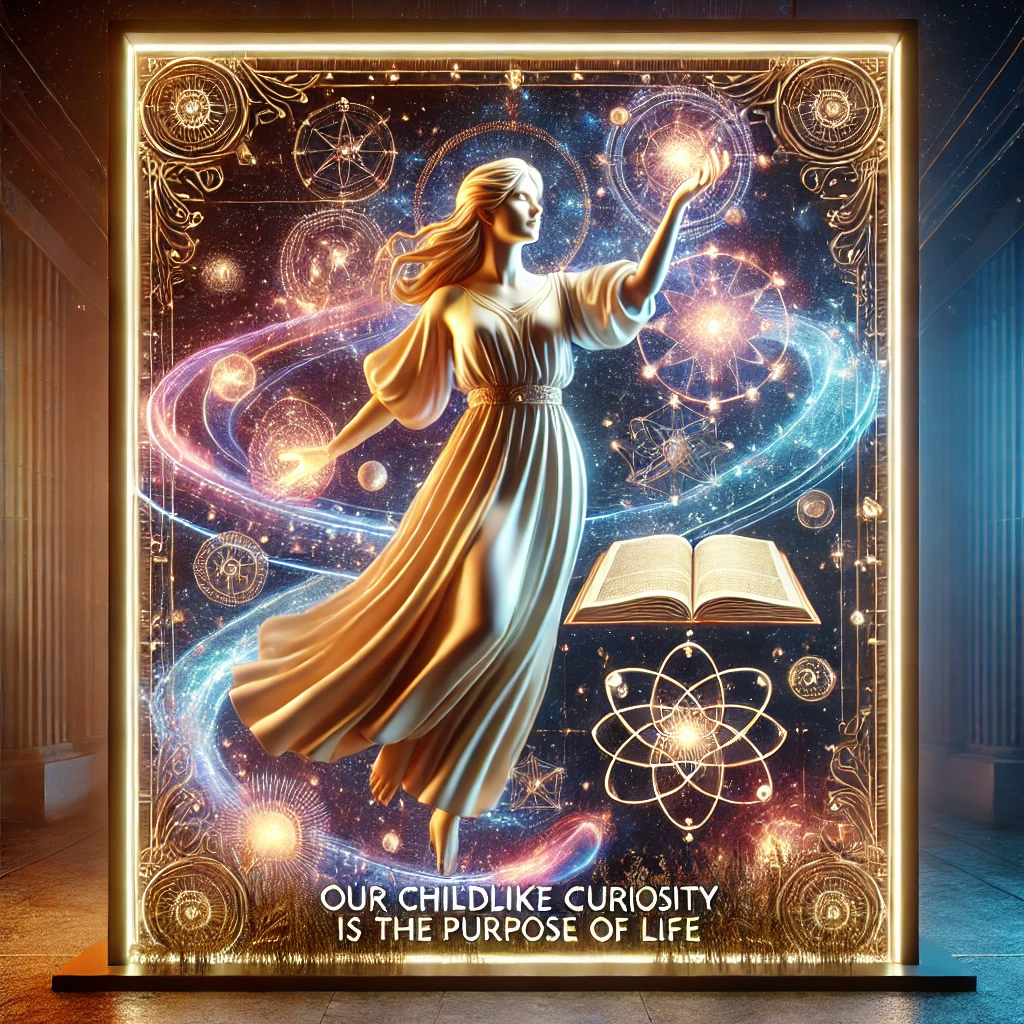The human quest to transcend the limitations of the body and uncover deeper truths about existence. This insatiable curiosity, the drive to ask “Who are we?” and “What is our purpose?” lies at the heart of our spiritual nature. It’s a testament to the inner spark that propels us beyond mere survival toward growth, understanding, and connection with something greater than ourselves.
This childlike curiosity is a beautiful metaphor for the purity of this search. Like children exploring the world for the first time, we are drawn to mysteries that call us to look beyond the tangible and into the infinite. This yearning for knowledge, for meaning, for unity, may indeed be the purpose of life itself.
In every philosophy, spiritual practice, or scientific endeavor, this curiosity manifests in different forms such as exploring the stars, understanding consciousness, or seeking divine connection. It’s not just about overcoming the body but embracing its role as a vessel for experience while acknowledging that something eternal stirs within us.
Perhaps the limitations of the body are not barriers but gifts designed to ignite this very curiosity and compel us to seek answers, to grow, and to marvel at the boundless mystery of existence. In this sense, our purpose is not just to seek but to find joy and fulfillment in the journey itself.

